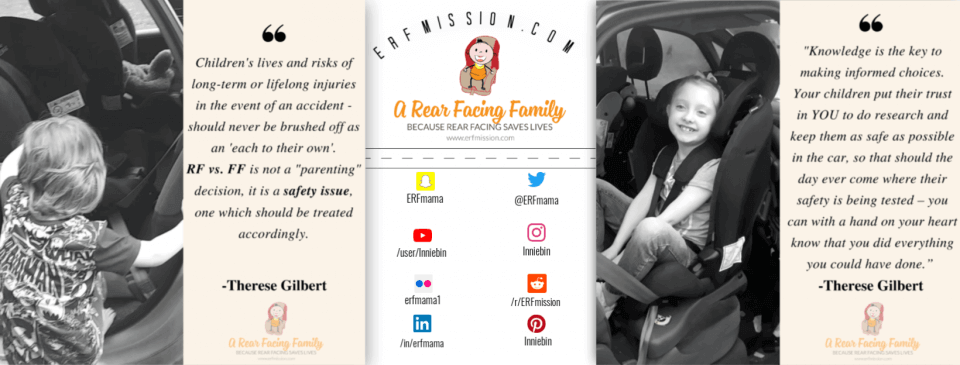Driving for the first time is an exciting milestone in anybody’s life. Finally, you get the chance to live the way you want. You are no longer restricted by bus or train timetables, and while there’s still a need for parking, you feel you can go anywhere. Despite this, driving for the first time always comes with some hazards, and just because you have your license doesn’t mean you are an expert yet, so here are four drive safety tips for first-timers.
Maintain a Safe Speed
Neither too fast nor too slow, a safe speed is crucial for ensuring you remain free of danger while driving. Everywhere you go, there will be speed limits, from the 30 miles per hour of standard roads to the 40 mph you find on Ring Roads, whereas the motorway and dual carriageways allow you to go as fast as 70.
It’s vital not to go too fast, as you could lose control, but at the same time, going too slow puts other drivers in danger, also. If they are going 30 but you are only going 20, there’s a risk of a collision, especially around blind corners.
Don’t Take Any Risks
The more comfortable a driver gets behind the wheel, the more willing to take risks they will be, such as pulling out at roundabouts or gambling on Amber traffic lights. This isn’t a habit you should get into, though, and if you don’t feel confident pulling out, then stay put until it’s clear.
New drivers will often get nervous during times such as this. They might worry that there are too many people behind them who are getting impatient, but you shouldn’t allow this to dictate what you do. Stay calm and be confident, and you’ll have no problems.
Be Aware Of Your Surroundings
The first time driving can feel overwhelming. There is almost too much going on. You need to keep a close eye on the speed limit, the cars in front, behind, or passing you, and also look out for emergency vehicles such as Pickup cars or ambulances.
You might also have passengers in the car, music playing, or you’re using your phone to navigate a journey. You mustn’t allow any of these to distract you from the road, and if you need to, ask people to be quiet so you can focus.
Remember To Communicate
Communication can be challenging when driving, but luckily, you have plenty of features that make it a little easier. Your indicators are your most important tool for turning or crossing lanes, whereas your lights will also allow other drivers to go ahead of you if you have a better view than them.
Your horn is another useful way to communicate, especially if you catch a driver not paying attention, although it can come across as aggressive. The horn is most beneficial when travelling along country lanes with blind corners so you can alert any oncoming vehicle that you’re there.
Safety First
Although driving comes with plenty of freedom, it can also be intimidating for anyone not confident behind the wheel. As long as you follow these basic safety rules, you can increase this confidence and become a better driver who can navigate any road with ease.
Therese has completed the ‘Advanced Child Car Seat Training Course’ at TRL (Transport Research Lab) and is a CPD accredited car seat expert. She blogs about in-car safety, car seats, tips, reviews, giveaways and advice. She’s a mum on a mission to change the law and raise awareness. She is also a breastfeeding advocate and gentle parenting promoter who loves cloth nappies, baby-wearing, BLW and co-sleeping/bed-sharing.
